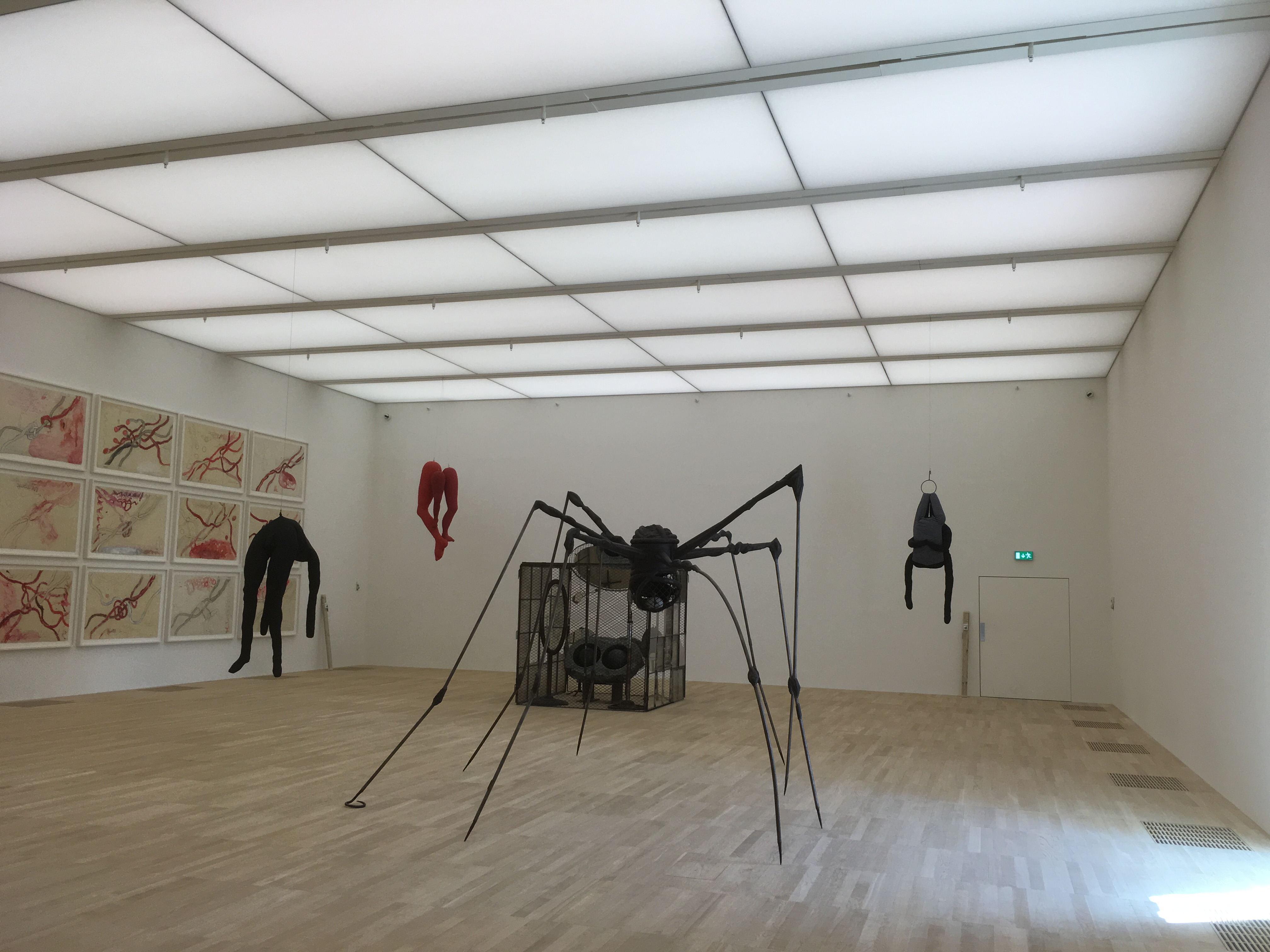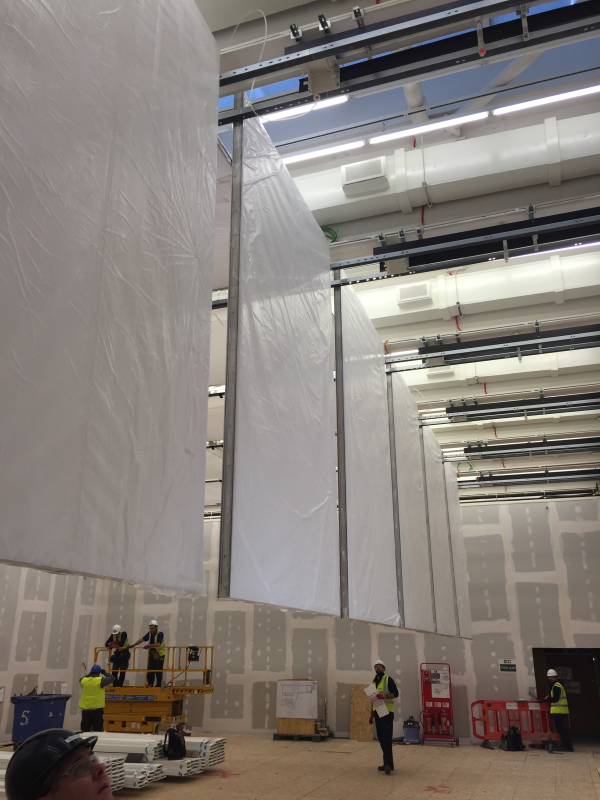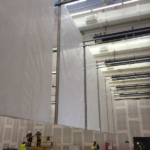Company:
Architen Landrell Associates Ltd. Monmouthshire,
Project Details
Fabric 1
IA-80-CL
Producer:
SEFAR AG, Architectural Fabrics
Supplier:
SEFAR AG, Architectural Fabrics
Fabric 2
ETFE
Producer:
Nowofol GmbH
Supplier:
Nowofol GmbH
Architect Name
Tanya Rainsley
Architect Company
Herzog & de Meuron
Fabrication Name
Christopher Rowell
Fabrication Company
Architen Landrell Manufacturing Ltd
Project Manager Name
Christopher Rowell
Project Manager Company
Achiten Landrell Manufacturing Ltd
Installation Name
Nick Mortimore
Installation Company
Architen Landrell Manufacturing Ltd
Please describe the project specifications
Opened in June 2016, the brand new Tate Modern Switch House houses some of the most acclaimed pieces of modern art in the world under a Sefar Lightframe ceiling designed, manufactured and installed by Architen Landrell.
Made up of 72no. Sefar Lightframe panels, the modules ranged in size with the largest panels measuring 4.2m by 2.2m in order to perfectly fit the ceiling space. Each panel is skinned with Sefar IA-80-CL on the bottom surface and a lightweight white ETFE foil on the top surface to provide the perfect level of light diffusion for the space.
Using Sefar's technology, each and every panel can be hinged down quickly and simply to allow access to the lighting and air ducts which sit within the ceiling void. Needing no specialist labour, this means on site maintenance teams can adjust and change the lighting themselves.
What was the purpose of this project? What did the client request?
The two main gallery spaces located on the 5th floor of the Herzog & de Meuron designed building required a high level of control over lighting levels. With one gallery lit by a combination of natural and artificial daylight and the other by artificial light only, it was important to the architect to have a uniform illuminated ceiling throughout the space.
The architect had a clear view of the aesthetic of the ceiling and visited a number of Sefar Lightframe installations before settling on this as the ideal solution. As well as the visual impression of the ceiling, it's ongoing practicality and adaptability was extremely important to the architecture of the project, as architect Ascan Mergenthaler explains:
"Our aim was to create an architecture that allows for flexibility, improvisation, adaptation and change," he continued, "from the cavernous subterranean Tanks dedicated to performance and installation art, to the lofty top-lit galleries with their large luminescent ceilings, from a broad ribbon for circulation meandering up through the building, to generous day-lit education spaces."
What is unique or complex about the project?
As well as being the first Sefar Lightframe installation in the UK, this project offered some interesting challenges. In order to create a keen and uncluttered finish to the ceiling, the physical size of the majority of the Sefar Lightframe panels meant that manufacture and transportation of panels of this size was difficult. All manufactured off site, the panels were packed in 'toast racks' inside large crates for delivery to site. Although bigger was seen as better by the design team, we were ultimately limited by the size of the artwork lifts used to transport the panels to 5th floor level; but every mm counted and the crate only just fitted!
Another complexity proved to the be very tight tolerances required over such a large space. Working to just a few mm tolerance meant that the final sets of panels had to be custom made to perfectly fit the space.
What were the results of the project?
All parties are extremely happy with the Sefar Lightframe ceiling and the clean, bright finish it provides and it's opening on 17th June 2016 was a proud moment for the Architen Landrell team who have worked on this project since 2014.
The project itself has attracted critical acclaim, and the architectural world has welcomed a new icon of modern art; Guardian critic Oliver Wainwright noted:
"The result is a powerful addition to the city, an unsettling presence that is at once seductive and forbidding, an appropriately challenging container for the work that lies within."
Content is submitted by the participant. IFAI is not responsible for the content descriptions of the IAA award winners.



 TEXTILES.ORG
TEXTILES.ORG





